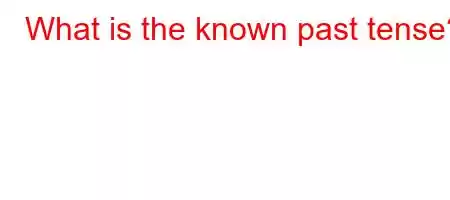Contribution What is the known past tense? by Admin May 7, 2020
Contents
What is the known past tense?Known past tense or past tense with -di; The past tense structure formed by adding the suffix "-di" to the end of the verb in Turkish in a way that suits the phonetic harmony. The known past tense is one of the 5 news moods in Turkish. It tells about the works done and completed in the distant or recent past with certainty.
What is the present tense verb?The present tense is the tense structure in Turkish grammar that describes an event or situation that is happening now or that is continuous. The present tense, which is a news tense, is created with the suffix -yor or -mec.
What is the past tense in Turkish?
Edit in Turkish To verbs “-dı, -di, -du, -dü , -ti, -ti, -tu, -tu” suffixes, indicating that the narrator personally witnessed the action and saw the action.
What is the past tense suffix seen?Seen past tense is made by adding the suffix -di to the end of the verb. d suffix; It can take one of the forms -di, -di, -du, -du, -ti, -ti, -tu, -tu. If the last syllable of the verb ends with a, ı, it takes the form -di. If the last syllable of the verb e ends with i, it takes the form -di.
Mishmış ne suffix?It is made by adding the suffix "-mış/-miş-/-mus/-mus" to the verb. ] This annex and this inflection express that the work is not seen, heard, learned. They prevented the aid sent to the earthquake victims.
What are the examples of the present tense?
PRESENT tense (-yor) When it is brought to the verb, it is the tense that says, informs, informs that the verb is done "NOW, RIGHT NOW" . The suffix of the present tense is -YOR. Examples: She is preparing food in the kitchen.
What additional income is in the present tense?When the English present tense is used in a positive sentence, the subject is very important not in the verb, but in the auxiliary verb. For the Present Continuous Tense, while the auxiliary verb changes according to the subject, the verb takes the -ing suffix.
When is it?The learned past tense is the past tense structure formed by adding the suffix "-miş" to the end of the verb in Turkish (as -miş, -mış, -muş or -müş) to match the phonetic harmonies. It is also known as narrated past tense, heard past tense, and misli past tense.
Read: 200


